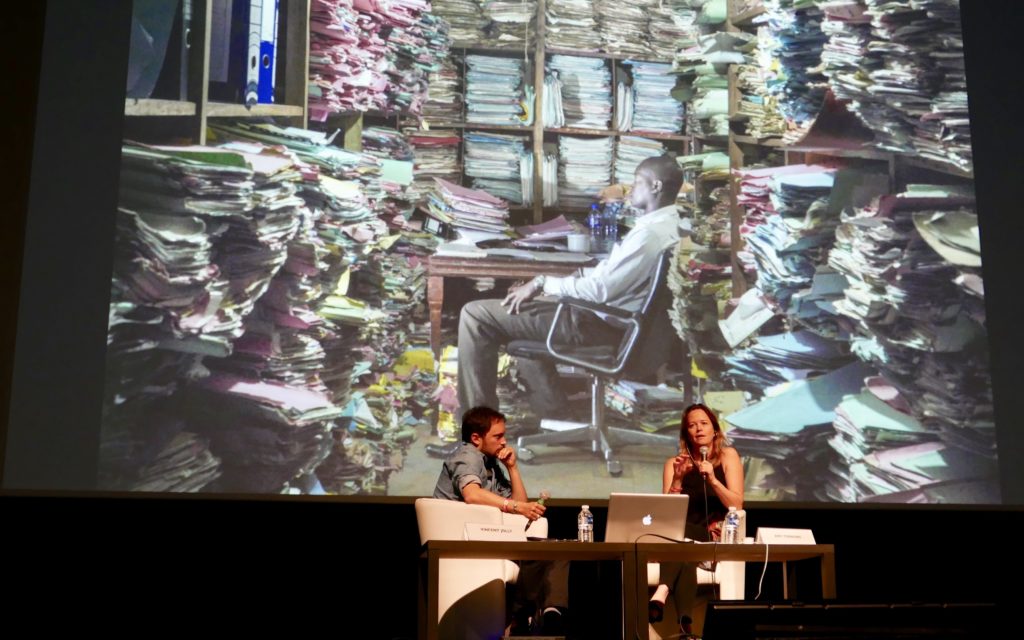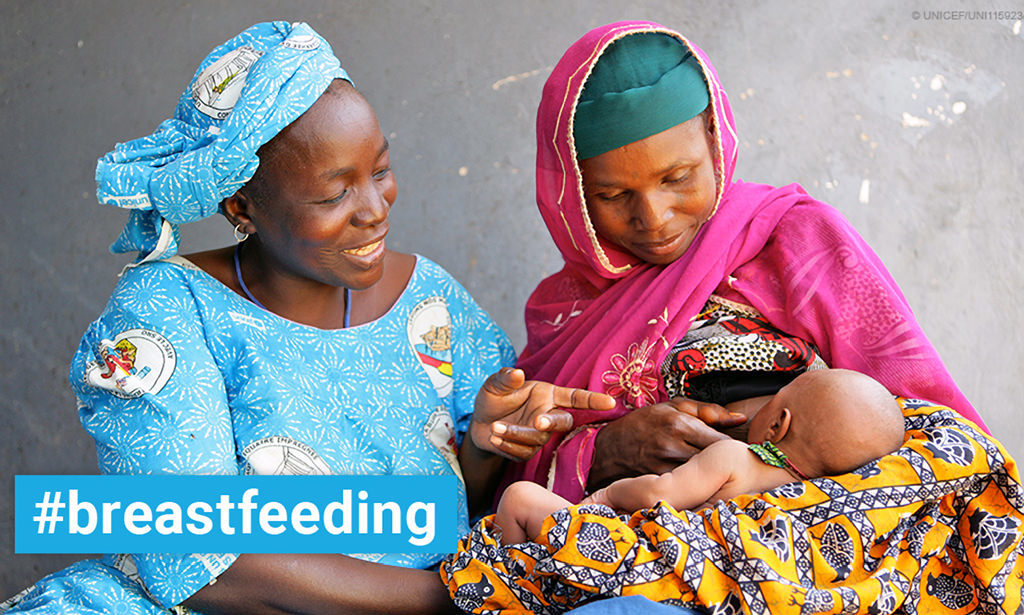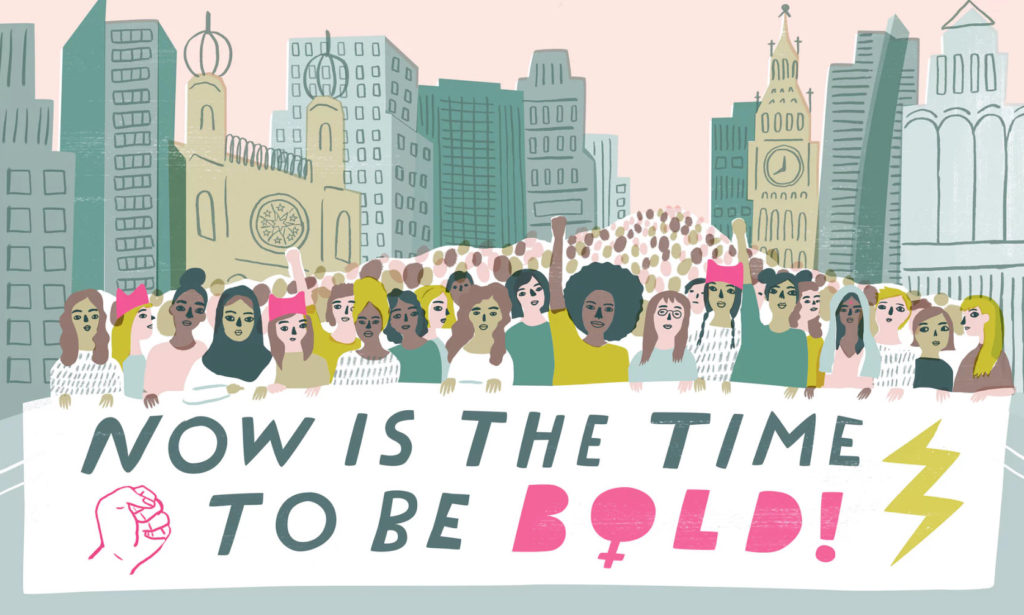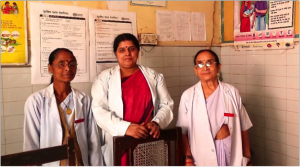As we age, our story of origin and the way it shaped our life often emerges as a powerful theme, calling us to explore it more deeply. That’s what’s happened to me.
For many years, my communication work was driven by short-term deadlines. Now I’m finally looking back at the rich family story I inherited. It took me time to understand how my father’s moral courage in saving his family from the menace of fascism in Hitler’s Germany had inspired my own commitment to repair the world as best I could.
My father arrived in the US as a refugee with four dollars to his name. What world had he grown up in, the son of a Jewish winemaker in the Rhineland? How did the family business first prosper, then fail as rising anti-Semitism drove Jews out of the industry?
I never had a chance to meet my grandfather Heinrich Levy. There was almost no information on the internet about Jews’ role in the wine trade before and during the Nazi years. I decided to dig deeper and discovered a vanished world with deep resonances for the present.
Here’s my grandfather’s story.









